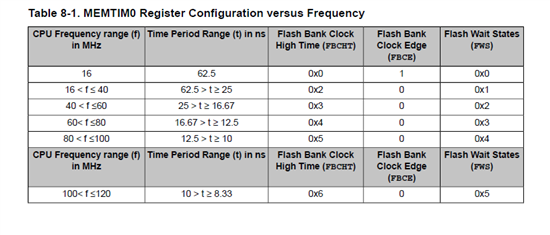We are running the TIVA EVM board. I wrote a simple assembly file which does a "sub r1,r1,r2". There are 100 of these in a loop which is called 1000 times. Looking at the documentation this is a single cycle instruction so this loop should execute in about 100, 000 cycles. I'm measuring 200,000. Is this really a 2 -cycle instruction due to possibly a program read from memory. I think there is a cache. Any insights would be helpful. Thanks.
-
Ask a related question
What is a related question?A related question is a question created from another question. When the related question is created, it will be automatically linked to the original question.


